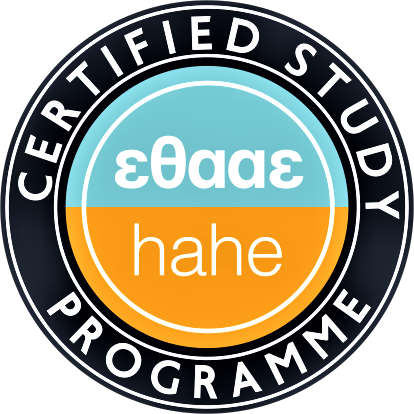Econometrics II
NUMBER OF CREDITS: 6 ECTS credits
EXPECTED LEARNING OUTCOMES
The aim of the course is to deepen students understanding of econometric theory and to use a wide range of econometric models. These are achieved through both theoretical and applied examples. We begin with a brief repetition of basic econometric theory. We continue with asymptotic distribution of the estimator of least squares, instrumental variables and regression in two stages, introduction to the time series; models and methods of estimating panel data, theory and applications in special models: Probit / Logit. The course seeks the possibility of autonomous empirical economic research as well as the understanding of other econometric surveys that exist in the bibliography.
Prerequisites: Statistics
COURSE CONTENT:
We start with a brief repetition in basic econometric theory: structure of econometric data and data processing, simple regression, multiple regression, multicollinearity, heteroskedasticity, autocorrelation, misspecification testing, dummy variables. We continue with the asymptotic distribution of the least squares estimator, instrumental variables and two-stage least squares estimator, introduction in time series: least squares estimator properties, trends and seasonality; further analysis of time series: stationarity, asymptotic properties of estimators, dynamically complete models and absence of autocorrelation; autocorrelation and heteroskedasticity in time series: properties of estimators with autocorrelated errors, feasible generalized method of least squares; patterns and methods of estimating panel data. We conclude the course with a brief introduction in the theory and applications of probit / logit models.
RECOMMENDED READING
- Introductory Econometrics. A Modern Approach. J.M. Wooldridge
- Applied Econometrics. E. Tsionas
TEACHING METHODS: Lectures and tutorials
ASSESSMENT METHODS: Written exams
LANGUAGE OF INSTRUCTION: Greek – English terminology





 Patision 76
Patision 76 2108203 106 / 2108203 107
2108203 106 / 2108203 107 
